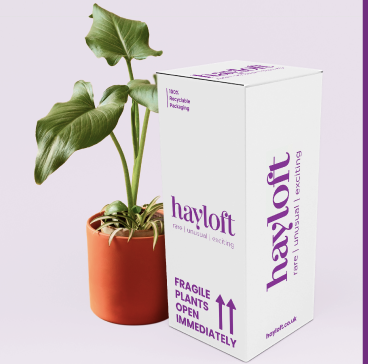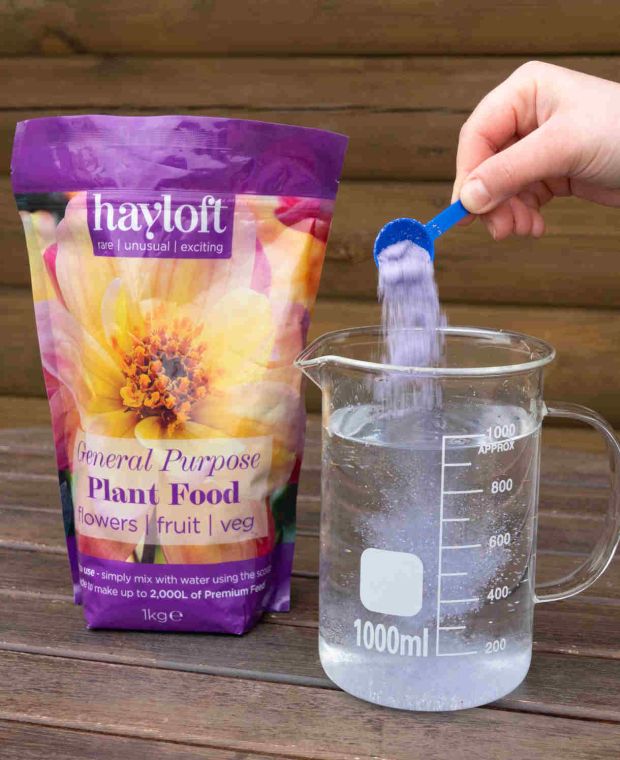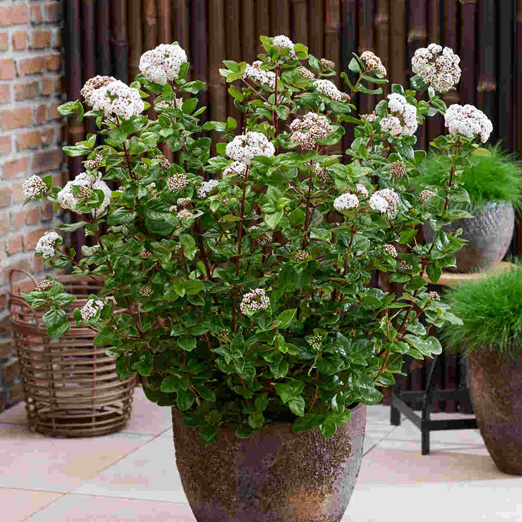how to deadhead plants
how to deadhead plants
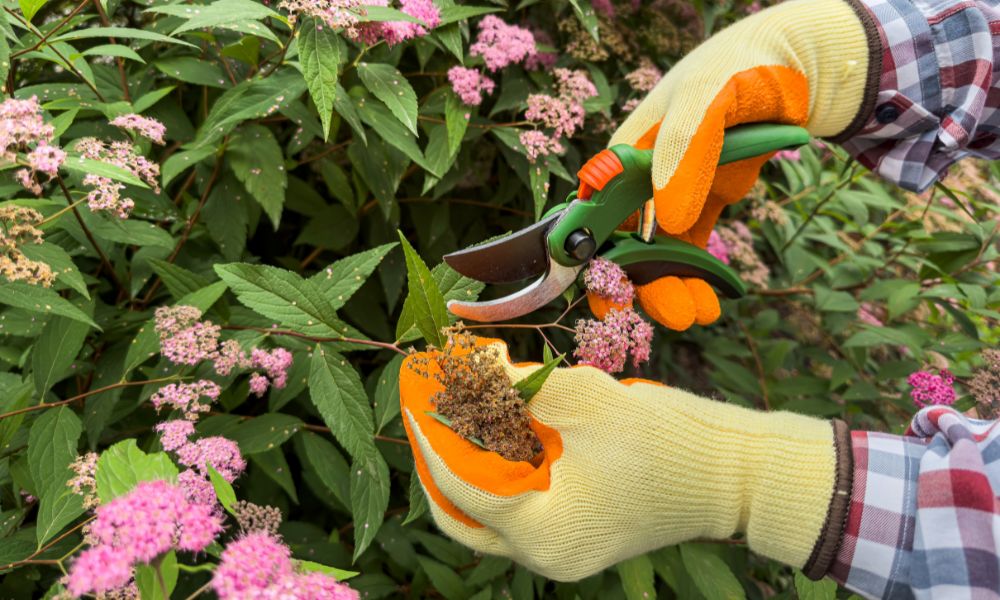
Deadheading is required to enhance and rejuvenate flowers as they begin to fade. Deadheading is also necessary to neaten the overall appearance of flower beds and borders. The regular removal of flower heads will direct energy and will prevent unwanted seeds from dispersing and spreading. If you're not sure how to deadhead plants in your garden, keep reading!
What tools do we need to deadhead?
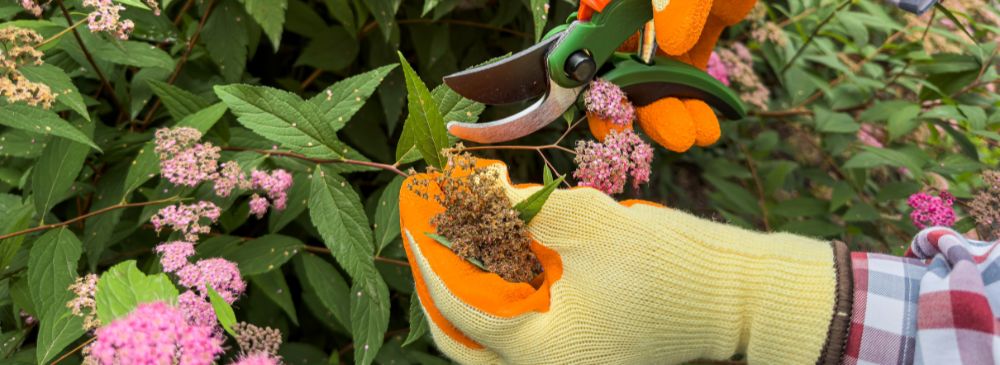
- Fingers and thumbs – the cheapest and simplest method of deadheading where you can pinch faded blooms from their stalk. Secateurs, snips or scissors – Where stems are prickly, thick and tough, your own fingers and thumbs may not do the trick.
How to deadhead effectively
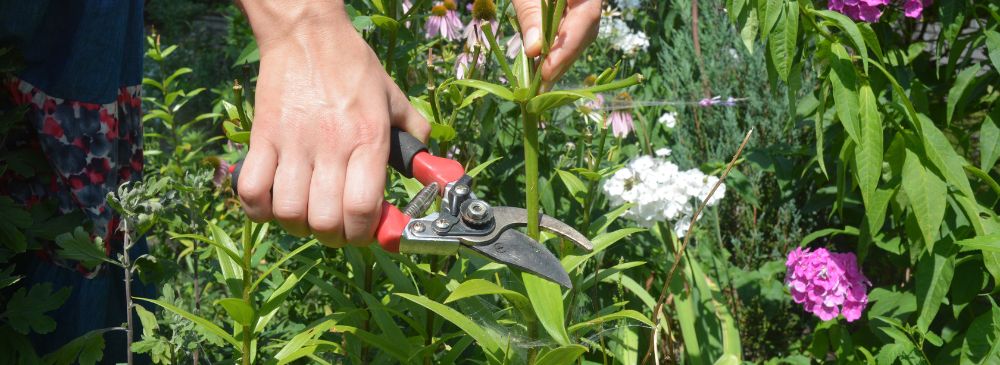
In most scenarios, you can simply remove the old flower by pinching or cutting just below the base of the flower. Almost any flower can be discarded just above the first leaf below the flower head – this will not cause any adverse effect to the remainder of your plant and will not cause detriment to future growth. Taller growing varieties may need to be tackled differently, with heavier duty tools, as removing the flower alone may leave unsightly and flowerless stems exposed. To help control and manage the shape of your taller plant, prune above a 'node' or a growing point, generally where leave connect to the stem of the plant, this will trick potential new growth to come through from the 'node.' Don't forget to use the rule of the THREE D'S, dead, damaged and diseased, this will help you identify other areas of your plant to get the chop!

